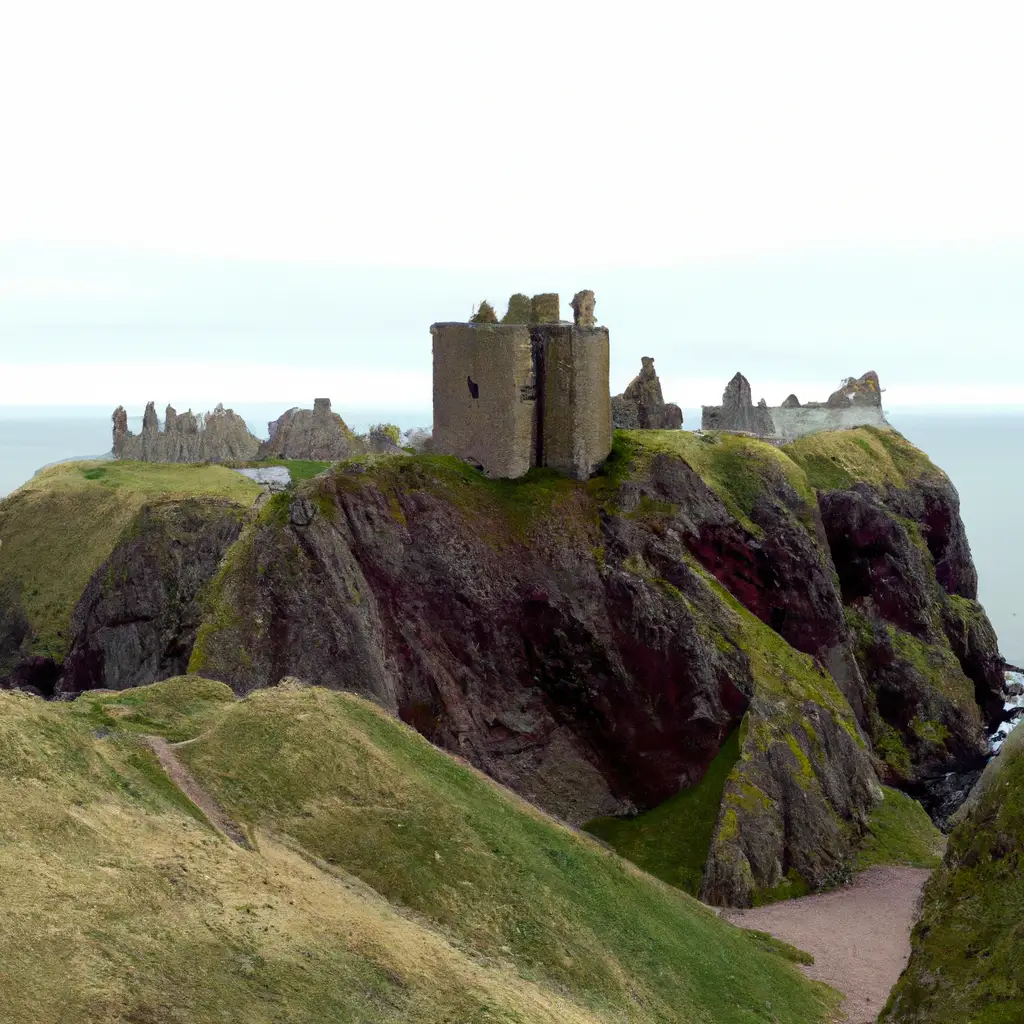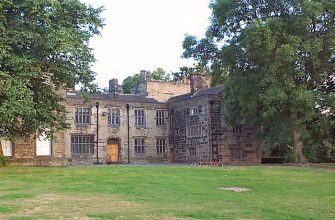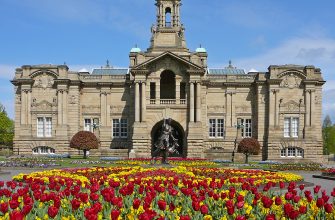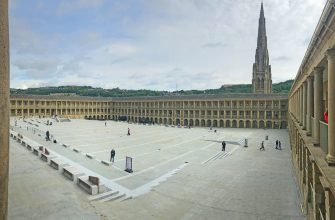Dunnottar Castle, located in Aberdeenshire, Scotland, is one of the most impressive and iconic Scottish castles in the country. This historic fortress stands atop a rocky outcrop on the North Sea coast, and has been a stronghold of Scotland’s royal families for centuries. Dunnottar Castle is one of the most important Scottish heritage sites, and is a popular tourist attraction in Aberdeenshire.
History of Dunnottar Castle

Dunnottar Castle was built in the early Middle Ages, likely around the 13th century. It was built by the Earls Marischal of Scotland, and served as a fortress and royal residence for centuries. During the Wars of Scottish Independence, Dunnottar Castle was a key stronghold for the Scottish army, and it played a crucial role in the country’s fight for independence. The castle was also the site of the signing of the Treaty of Edinburgh in 1560, which ended the war between England and Scotland.
In the 17th century, the castle was besieged by the English army, and the castle’s defenders managed to hold off the attackers for eight months. Dunnottar Castle was also the site of the imprisonment of the Scottish Crown Jewels, known as the Honours of Scotland, in the 18th century. The castle was eventually abandoned in the 19th century, and it was left to decay until it was restored in the 20th century.
What to See at Dunnottar Castle
Dunnottar Castle is one of the most impressive examples of medieval architecture in Scotland. Visitors to the castle can explore the ruins of the fortress, and see its impressive stone walls, towers, and battlements. The castle also features a number of historic buildings, including the chapel, the great hall, and the Earl’s apartments. The castle also offers stunning views of the North Sea, and the surrounding Aberdeenshire countryside.
The castle is also home to a number of interesting artifacts, including the Honours of Scotland, which are the oldest surviving Crown Jewels in the world. Visitors can also learn about the history of the castle and its role in the Wars of Scottish Independence.
Tours and Admission
Dunnottar Castle is open to the public year-round, and visitors can explore the castle ruins at their own pace. The castle also offers guided tours, which are a great way to learn more about the castle’s history and its significance in Scottish history. Admission to the castle is free, but donations are welcome.
Tips for Tourists
- Wear comfortable shoes, as the castle grounds are uneven and can be slippery in wet weather.
- Bring a camera to capture the stunning views of the North Sea and the surrounding countryside.
- Dress appropriately for the weather, as the castle is exposed to the elements.
- Be sure to check out the Honours of Scotland, the oldest surviving Crown Jewels in the world.
Practical Information
Dunnottar Castle is located in Aberdeenshire, Scotland, and is easily accessible by car. The nearest airport is Aberdeen Airport, which is about 40 miles away. The castle is open year-round, and admission is free, although donations are welcome.
Dunnottar Castle is one of the most impressive and iconic Scottish castles, and is one of the most important Scottish heritage sites. Visitors to the castle can explore the ruins and learn about its history, and see the Honours of Scotland, the oldest surviving Crown Jewels in the world. Dunnottar Castle is a must-see for anyone visiting Aberdeenshire, and is sure to be a memorable experience.








